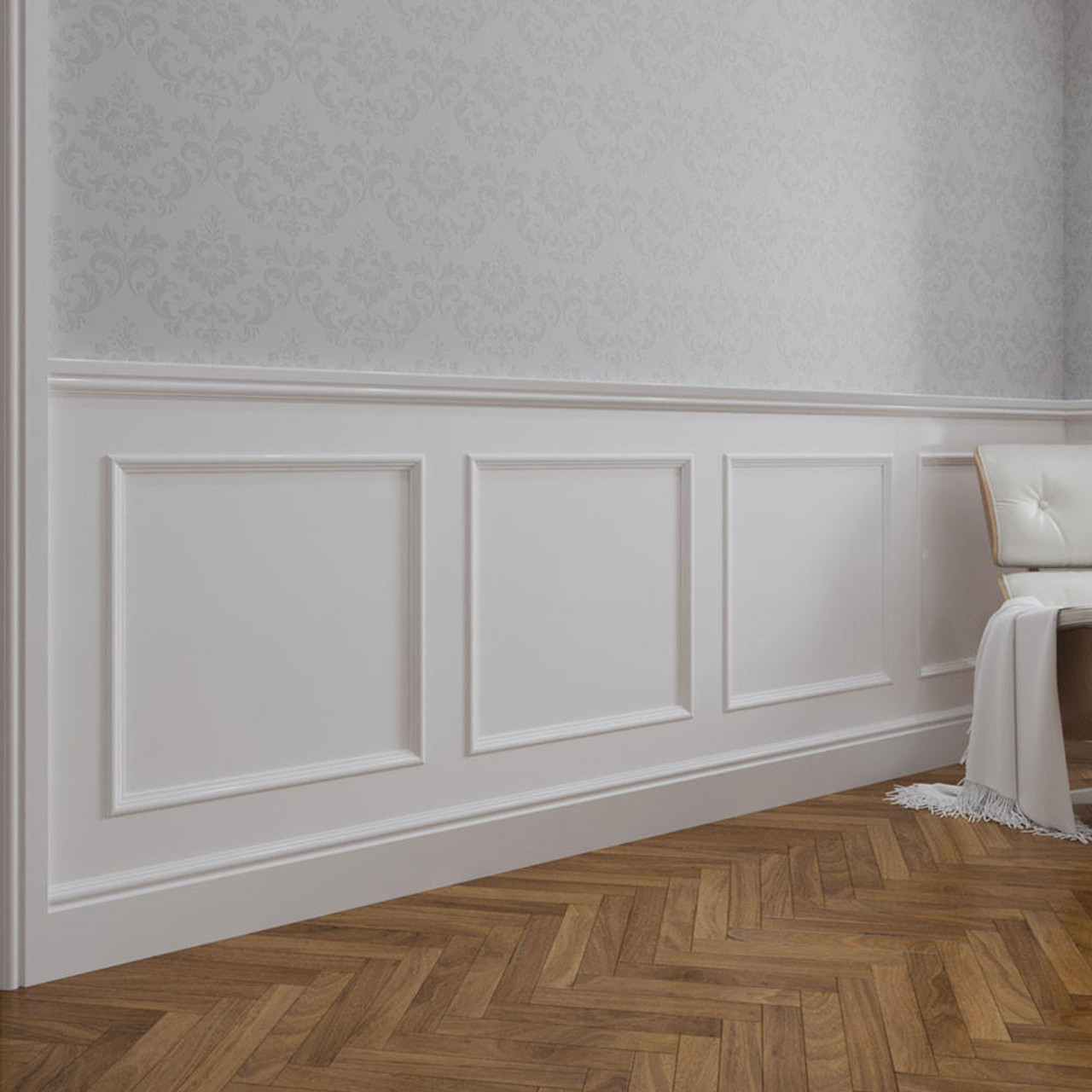Classic vs. Contemporary Wooden Wall Paneling Designs
Classic vs. Contemporary Wooden Wall Paneling Designs
Blog Article
DIY Tips for Great Wooden Wall Paneling Design
Wooden wall paneling has observed a remarkable resurrection in inside design styles, offering some style, heat, and flexibility to any room. Creating the best choice for the space can change a mundane wall into a stunning major point. From type considerations to realistic tips, that manual may walk you through how to select the perfect paneling kit for your home or office.
1. Consider the Room's Function and Artistic
Functionality
Each room in your home serves an original purpose, and your choice of wooden paneling must match it. For an income room, you might choose for dramatic, textured wood to generate an attractive ambiance. Rooms may take advantage of smooth, minimal cells for a cozy and tranquil vibe. For spots like kitchens or bathrooms, guarantee you select paneling that's moisture-resistant or sealed to withstand humidity.
Style and Topic
The aesthetics of the paneling should arrange together with your room's overall theme. For modern interiors, clear lines and light-colored woods such as for example birch or maple develop a smooth look. Rustic or farmhouse places are produced your with distressed timber or reclaimed timber featuring warmer, natural tones. A Scandinavian-inspired style usually advantages of pale woods and simple wheat patterns.
2. Select the Type of Timber and Finish
Solid Timber vs. Manufactured Timber
Wooden paneling provides an authentic search, durability, and amazing appeal, but it may be expensive. Engineered timber cells, on another hand, are less expensive and come in various designs and finishes. They are able to simulate the looks of wood while offering increased water resistance and less susceptibility to warping.
Completes and Remedies
Panel finishes, such as for instance tainted, painted, or varnished timber, play a significant position in determining their ultimate appearance. Discoloration shows the organic grain of the timber, while colored panels permit a broader range of color options. For added defense, ensure the panels are made with remedies suitable for your environment.
3. Believe About Cell Measurement and Direction
Wall paneling comes in a variety of dimensions, from slim pieces to large sheets. Vertical cells will make an area look taller, which is ideal for places with lower ceilings. Horizontal paneling, on the other hand, creates a broader feel, making smaller areas search larger and more open.
4. Know Your Budget
Set a budget that includes not only the expense of the timber paneling but additionally installment and maintenance expenses. While premium wood options, like oak or pine, may possibly raise your space, there are lots of cost-effective solutions like plywood or medium-density fiberboard (MDF) that also produce visual attraction at a portion of the cost.
5. Evaluate Light in the Space

The sort of timber and their finish may react differently to light. Lighter woods brighten candle lit areas, reflecting sunshine or artificial light. Conversely, darker woods include degree and wealth to naturally brilliant areas but might make little or poorly illuminated spaces experience more enclosed if heavily used.
6. Aspect in Longevity and Preservation
Each type of wooden screen involves various levels of upkeep. Hardwoods like cherry or mahogany are resilient and long-lasting but may need more polishing to maintain their check out the years. Engineered wood or sections with protective coatings in many cases are easier to clean and look after, specially in high-traffic areas.
Raise Your Rooms with the Right Wooden Paneling
Choosing the right wooden wall paneling can absolutely change the appearance and sense of one's space. Hold your room's efficiency, fashion, and practicality in mind as you explore options. With innovative variety, wooden paneling combinations function and type, giving your decorations an amazing appeal that aligns with contemporary style trends. Report this page